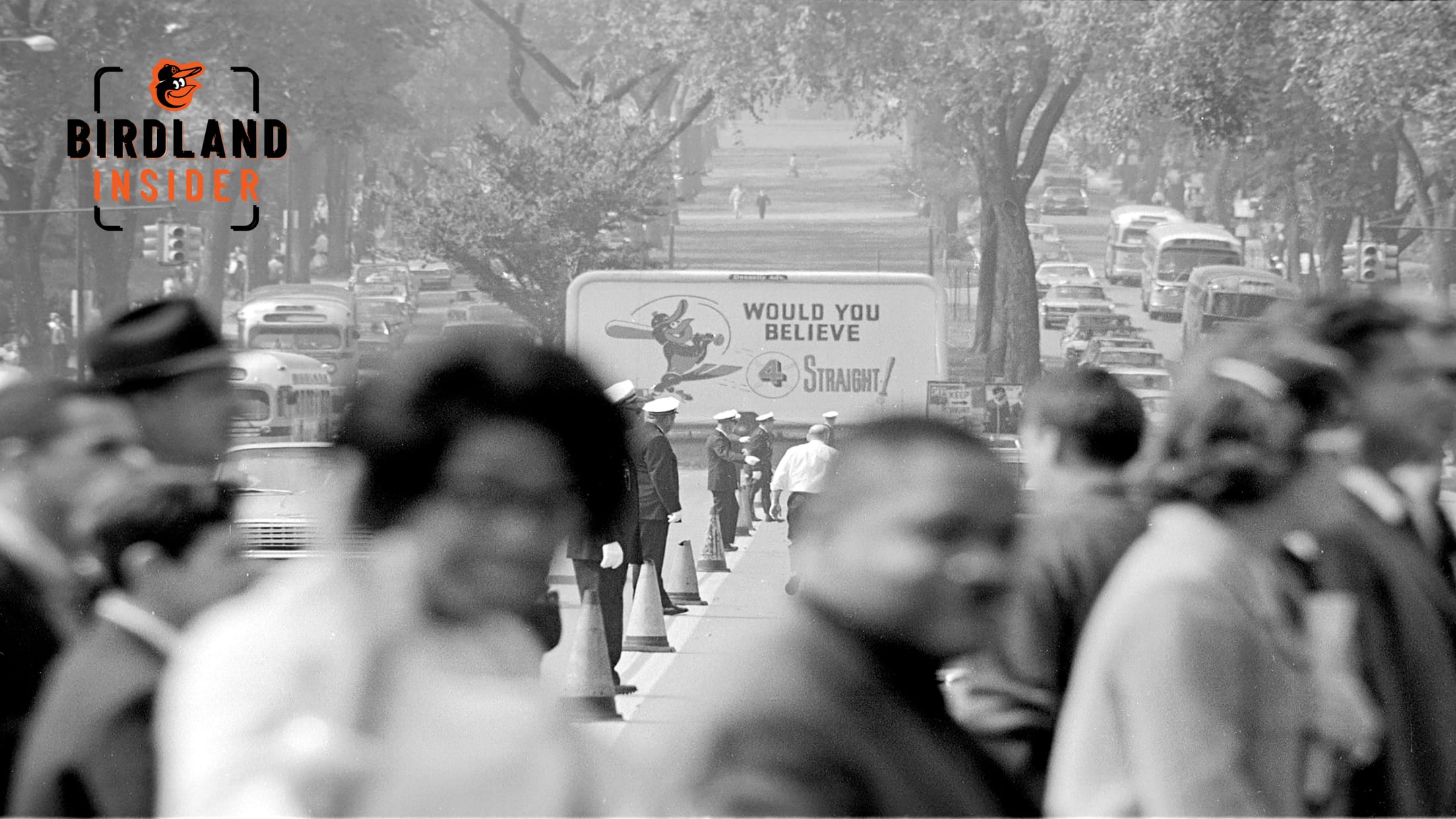
Would you believe four straight?
Only days into spring training in 1966, the newest member of the Orioles rocketed a shot over the light tower at Miami Stadium that left his new teammates shaking their heads.
"I think we just won the pennant,” said 20-year-old pitcher Jim Palmer after watching the newcomer take batting practice for the first time.
It wasn’t quite that easy, but the arrival of Frank Robinson -- acquired the previous December from the Cincinnati Reds -- transformed the Orioles from a team that had come close to winning the American League title on a couple occasions into World Series champions.
"Everything seemed to come together after Frank got here,” said Brooks Robinson, the team’s third baseman, in the book Baltimore Orioles: 60 Years of Orioles Magic. "We were a good team already -- but we just got better."
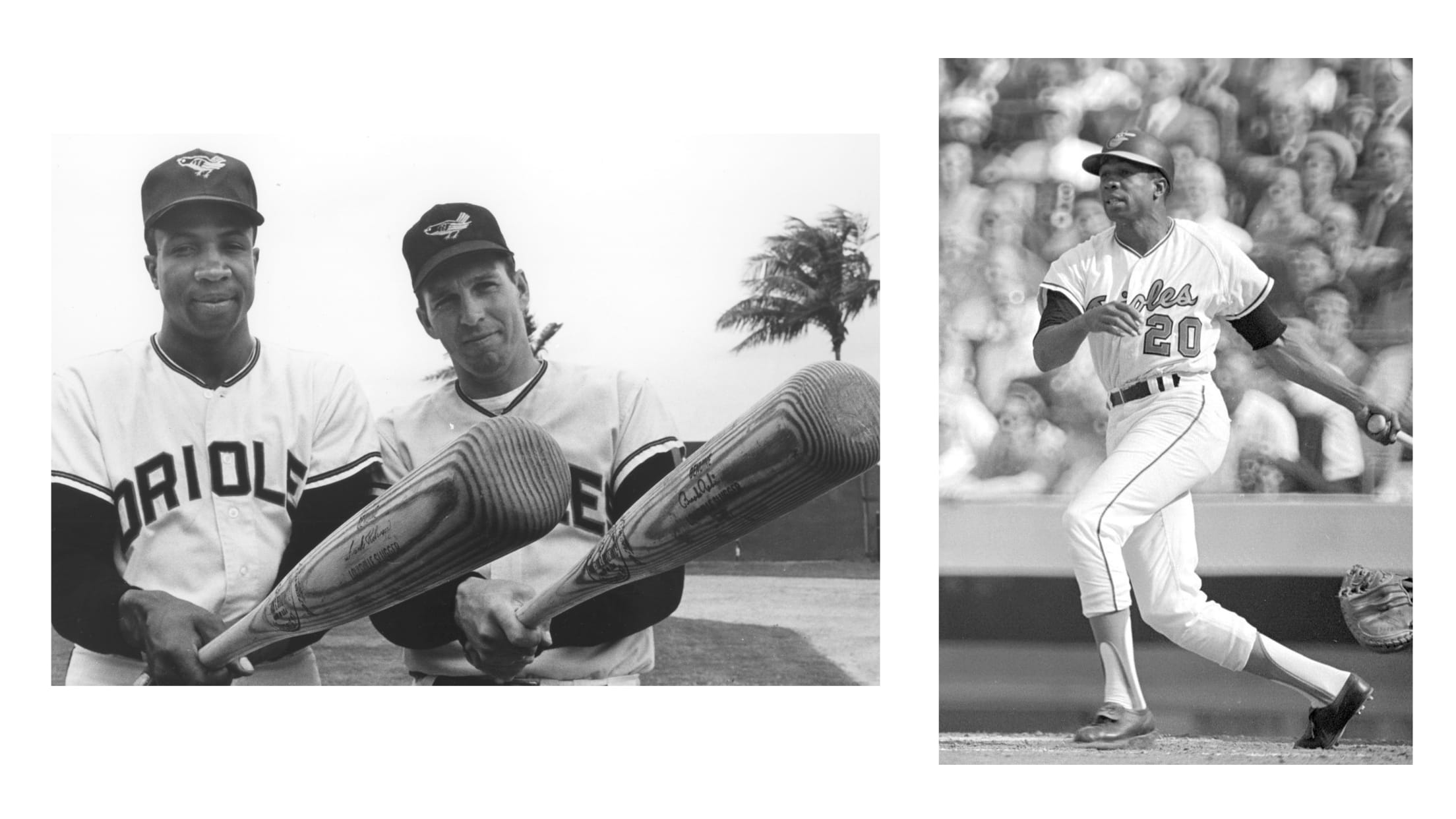
The team had moved to Baltimore from St. Louis for the 1954 season, and after near-perennial second-division finishes, had finished in third place in 1964 and 1965. They were ready to make the leap forward.
If there is a game that everyone remembers from that 1966 season -- and which, years later, more than Memorial Stadium could hold would swear they attended -- it was the second game of a Mother’s Day doubleheader against the Cleveland Indians, who had arrived in Baltimore two days earlier in first place with a 14-1 record.
After splitting the first two games of the series, the Orioles won the first game that Sunday to pull within a game of the Indians. In the nightcap, Luis Tiant -- who had begun the season with three shutouts -- faced Frank Robinson with a runner on in the bottom of the first inning.
Tiant delivered and Robinson sent the ball on a high arc, hooking toward the left field bleachers. Row by row the fans stood as the ball made its way, until finally those in the back of the bleachers turned to face the parking lot. The ball had cleared the bleachers -- the only fair ball ever hit completely out Memorial Stadium in its 38-year history.

The Orioles went on to win, 8-3, to tie the Indians for first place. After jockeying with the Indians for several weeks, the Orioles went 34-11 from Memorial Day to the All-Star break to open an eight-game lead in the AL. They clinched their first league title with 10 days left in the season, finishing with a 97-63 record to win the pennant by 9 games.
Frank went on to win the Majors’ first Triple Crown in 10 years -- leading the league in batting average (.316), homers (49), and RBI (122).
The Orioles had power at the corners, with Frank in right field; Boog Powell (39 homers and 109 RBI) at first base, after playing mostly left field the previous four years; Brooks Robinson (23 homers and 100 RBI) at third base; and former AL Rookie of the Year Curt Blefary (23 homers, 64 RBI) in left. They had speed at shortstop, with future Hall of Famer Luis Aparicio, and in center field with Paul Blair. Russ Snyder (.306 average) split time in center and defensively in left.
But there were questions. When a brain tumor sidelined catcher Dick Brown before the season, Andy Etchebarren stepped in at catcher and earned an All-Star berth. In a somewhat controversial move, another rookie, Davey Johnson, was inserted at second base ahead of veteran Jerry Adair.
But the lineup was solid. So solid, in fact, that Frank, Brooks, and Boog finished 1-2-3 in voting for the AL’s Most Valuable Player Award.
The trade for Robinson -- which sent the Orioles best pitcher, Milt Pappas, to the Reds -- was everything it was supposed to be. But the ’66 Orioles also had to rely on a predominantly young starting pitching staff -- lefty Steve Barber, at 27 and in his sixth season, was the veteran of the group, and he was hurt most of the second half of the season. But youngsters Dave McNally (23), Wally Bunker (21), and Jim Palmer (20) -- in his first season as a starter -- picked up the slack despite a combined six years of Major League experience among them. Rookie Eddie Watt moved from the bullpen to the rotation when Barber went down.
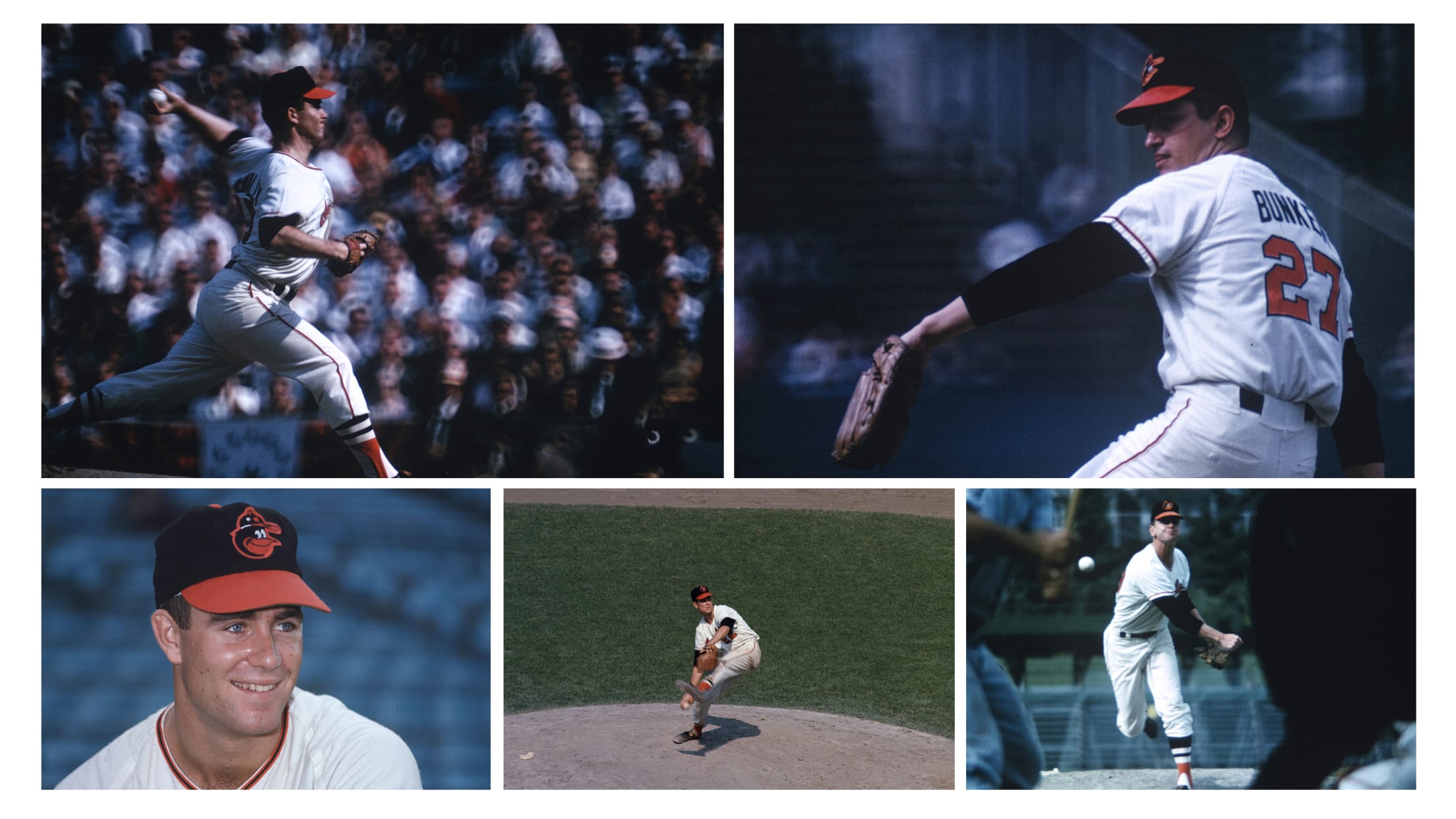
The bullpen -- “the key to our season,” Frank Robinson said in John Eisenberg’s book From 33__rd Street to Camden Yards -- was deep and offered a little of everything. Prankster Moe Drabowsky put out fires on the mound and set them with hot-foots in the clubhouse and dugout; gangly Dick Hall possessed pinpoint control; Stu Miller possessed one of the game’s best changeups; and knuckleballer Eddie Fisher added a totally different look to hitters.
At one point in June, the bullpen retired 38 consecutive batters over a 5-game span.
Still, when the Orioles faced the Los Angeles Dodgers in the World Series, they were decided underdogs. The Dodgers -- the reigning World Series champions -- had Hall of Famers Sandy Koufax and Don Drysdale and veteran Claude Osteen to start (rookie hurler and future Hall of Famer Don Sutton, LA’s fourth starter, was injured and unable to pitch in the series), along with a speedy lineup led by Maury Wills and Willie Davis that was supposed to wreak havoc on the Orioles’ young starting staff.
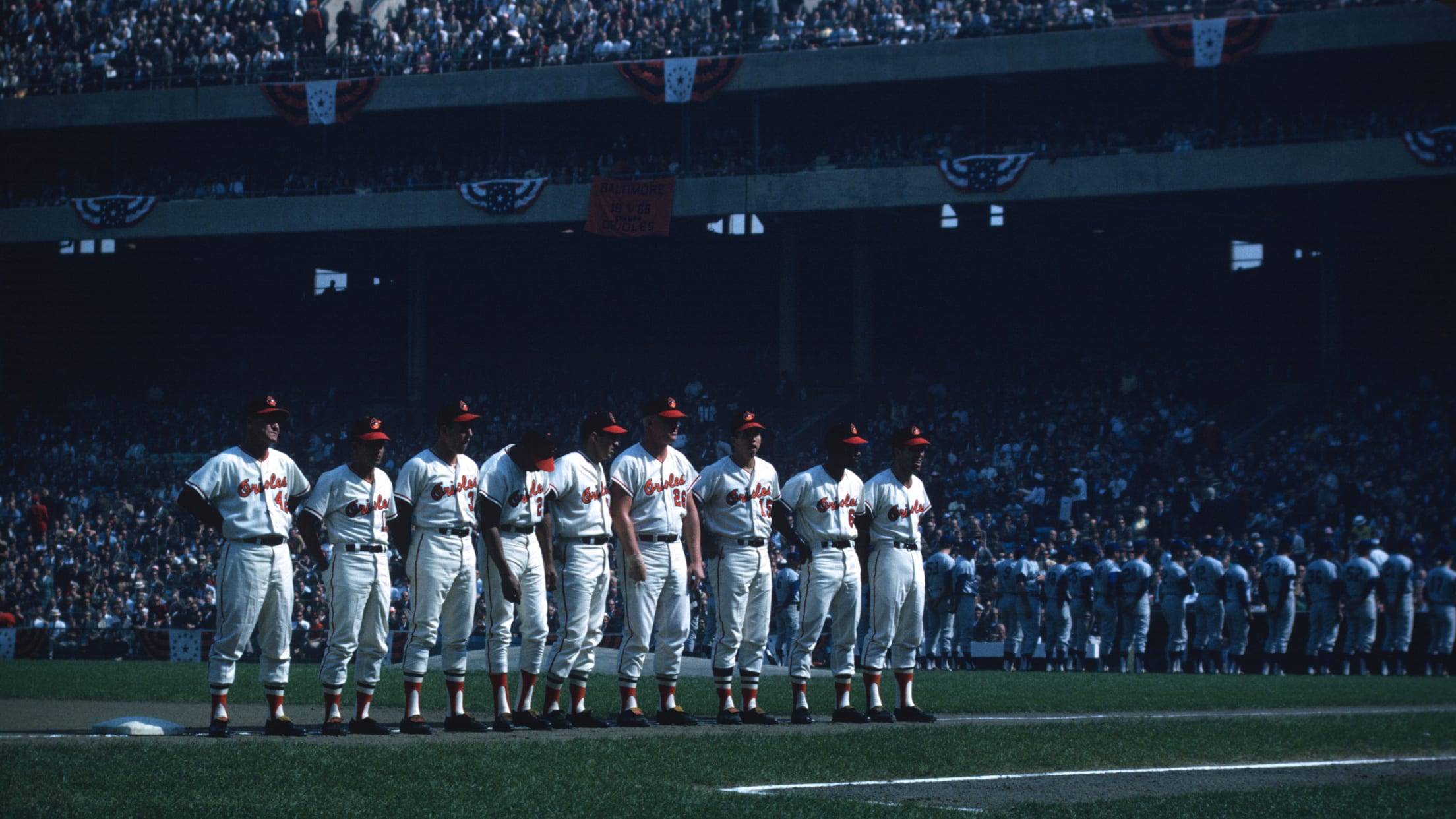
The World Series opened in L.A., and as the Orioles’ team bus made its way to Dodger Stadium, players noticed a real estate sign along their route that had been altered to read, “Would you believe 4 straight?,” a suggestion that the defending World Series champions would sweep the upstarts from the East Coast.
Drysdale started against McNally in Game 1. (The popular myth is that Koufax did not start because it fell on a Jewish holiday, when in fact he had started the Dodgers’ season finale against Philadelphia only three days earlier to lock up the National League pennant.) In the first inning of the opener, Frank and Brooks went deep against Drysdale to give the Orioles a 3-0 lead. After scoring another run in the second inning, they chased Drysdale.
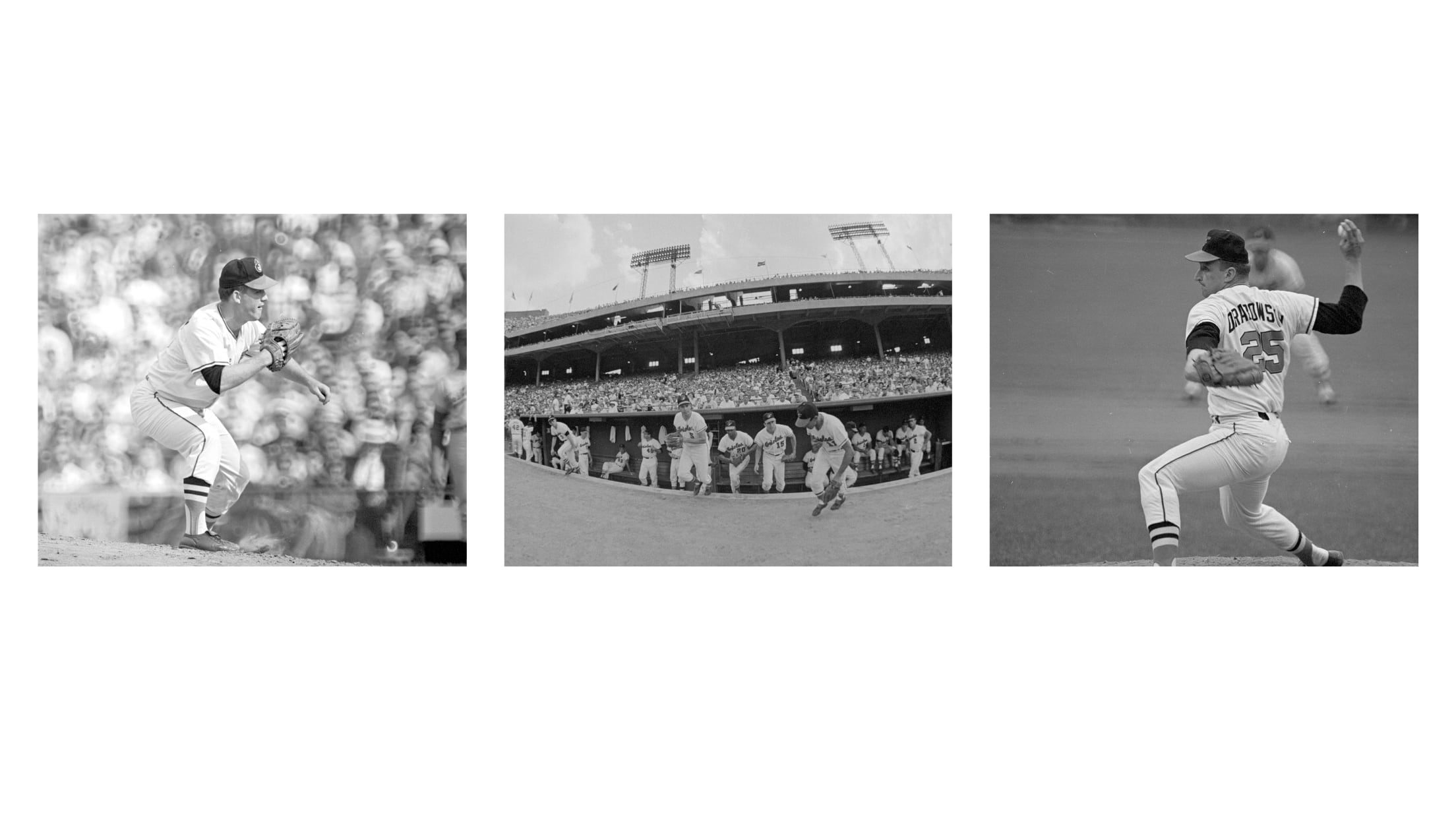
But McNally could not make it through the third inning, surrendering five walks and two hits. Drabowsky entered with one out and the bases loaded, and etched his name in the record books.
Despite walking in one run, Drabowsky finished the game, striking out 11 batters -- a World Series record for a relief pitcher -- and shutting out the Dodgers over the final six innings. He struck out six straight batters at one point, setting the tone for the rest of the series by going after the Dodgers hitters with his fastball.
After the second inning, the National Leaguers never scored again in the series. And the Orioles never again went to their bullpen.

Palmer faced Koufax in Game 2, which turned out to be the final outing of the legendary lefty’s career. Three errors in the fifth inning by Dodgers center fielder Willie Davis led to three unearned runs, and the Orioles won 6-0. Palmer allowed 4 hits and 3 walks in becoming the youngest pitcher ever to throw a World Series shutout. (Trivia buffs will note that Davey Johnson got the last hit off Koufax, a sixth-inning single.)
When the Series moved to Baltimore for Game 3, Bunker faced Osteen and neither gave an inch. The only run of the game came on fifth inning homer by Paul Blair. Bunker allowed 6 hits, and the Orioles mustered only 3. Still, the Orioles took a commanding 3-games-to-none lead.
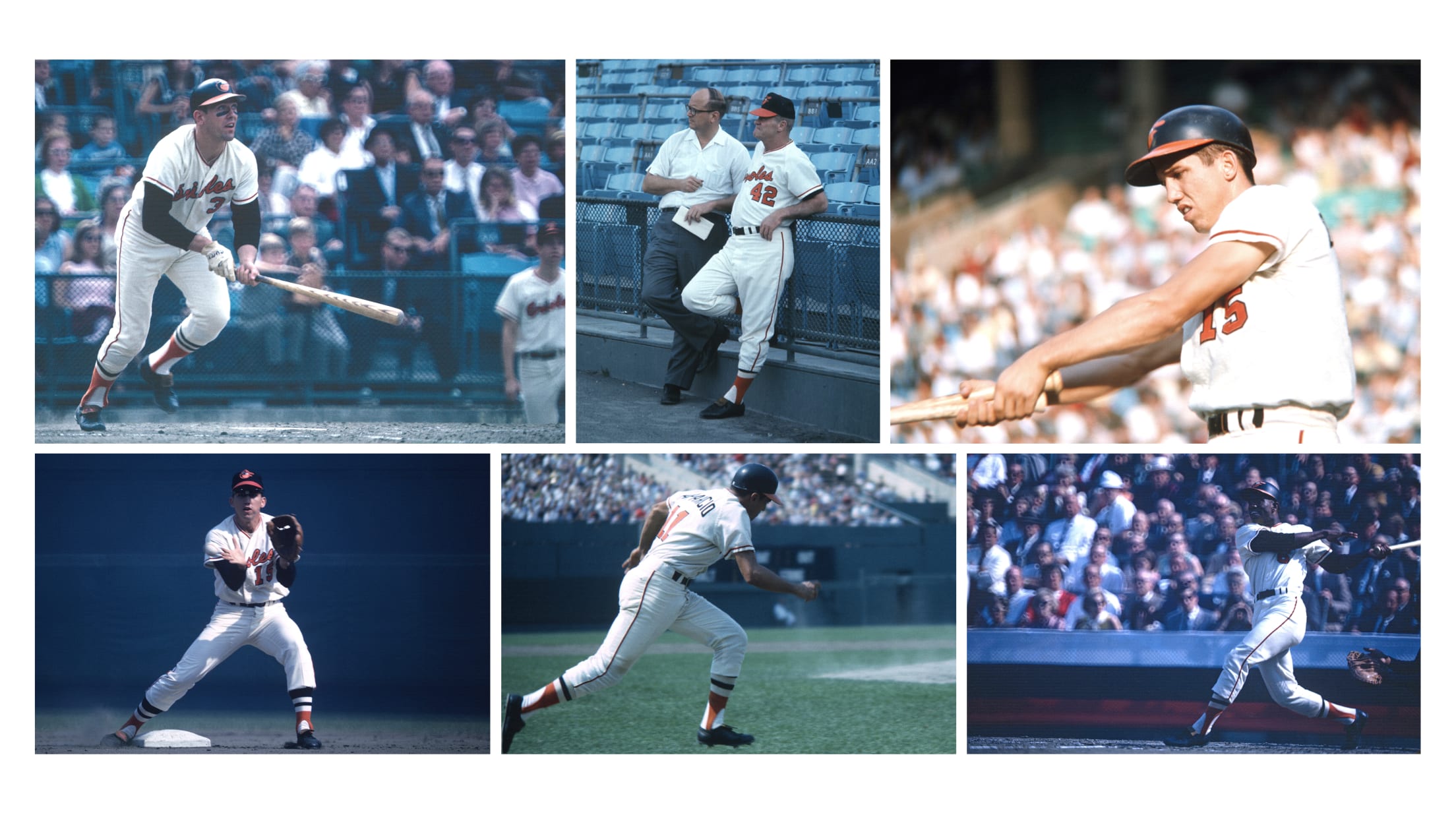
On Sunday afternoon before Game 4, fans traveling up 33rd Street would see a large billboard placed in the median in front of the ballpark. In orange and black letters, it read: “Would you believe 4 straight?”
Game 4 featured a rematch between McNally and Drysdale, and this time both starters fared far differently than in the opener. Both teams managed only 4 hits. But just as he had opened the scoring in the series for the Orioles, Frank Robinson homered -- this time in the fourth inning -- for a 1-0 lead. Willie Davis robbed Powell of a homer two batters later. But it was Paul Blair -- inserted defensively in the top of the eighth inning, with Snyder moving to left -- whose grab saved the game. Timing his leap perfectly, Blair jumped high above the center field fence to rob the Dodgers’ Jim Lefebvre of a game-tying homer.
One inning later, Blair caught Lou Johnson’s routine fly to center, and this time his leap was one of joy as it completed the Orioles’ four-game sweep. The Orioles were World Series champions for the first time.
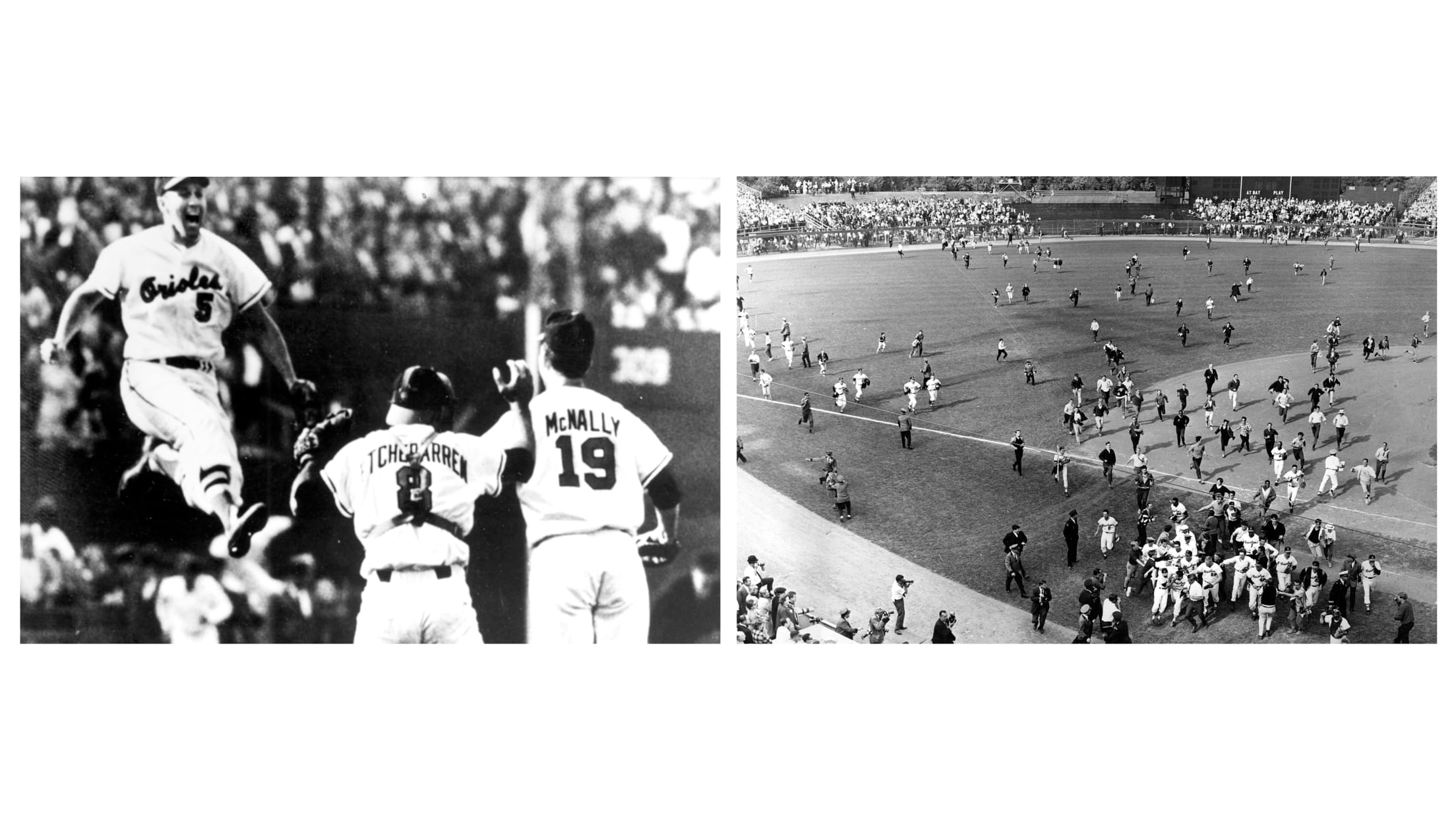
Amazingly, the Orioles used only four pitchers the entire series (and only 13 of their 25 players overall) and held the Dodgers to a record-low .142 batting average (scoring only two runs on 17 hits). Orioles hitters were not much better, batting a collective .200 and scoring 13 runs on 24 hits -- all-time lows for a World Series champion. The Orioles had beaten the Dodgers at their own game -- pitching.
“For a starting pitching staff that was supposed to be lousy, we did all right,” said Orioles manager Hank Bauer. “But I trace our great streak to Moe Drabowsky, the only man I had to call out of the bullpen. He lit the fire.”
For the first time since 1948, an American League team other than the Yankees had won the World Series.
In 1966, it all came together. What began 10 months earlier with maybe the best deal since the Louisiana Purchase had ended with four straight victories over the defending champs.
Who would have believed it?